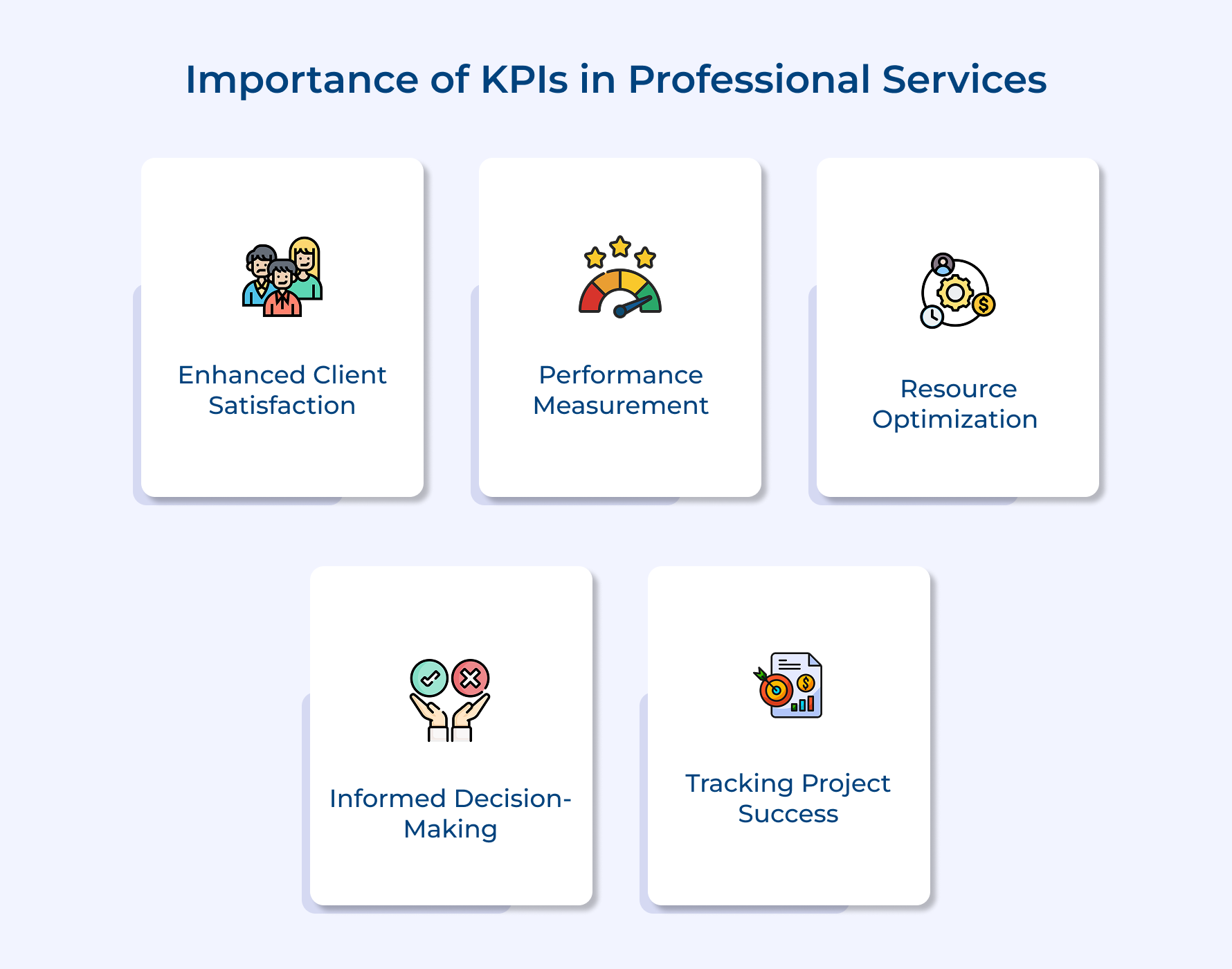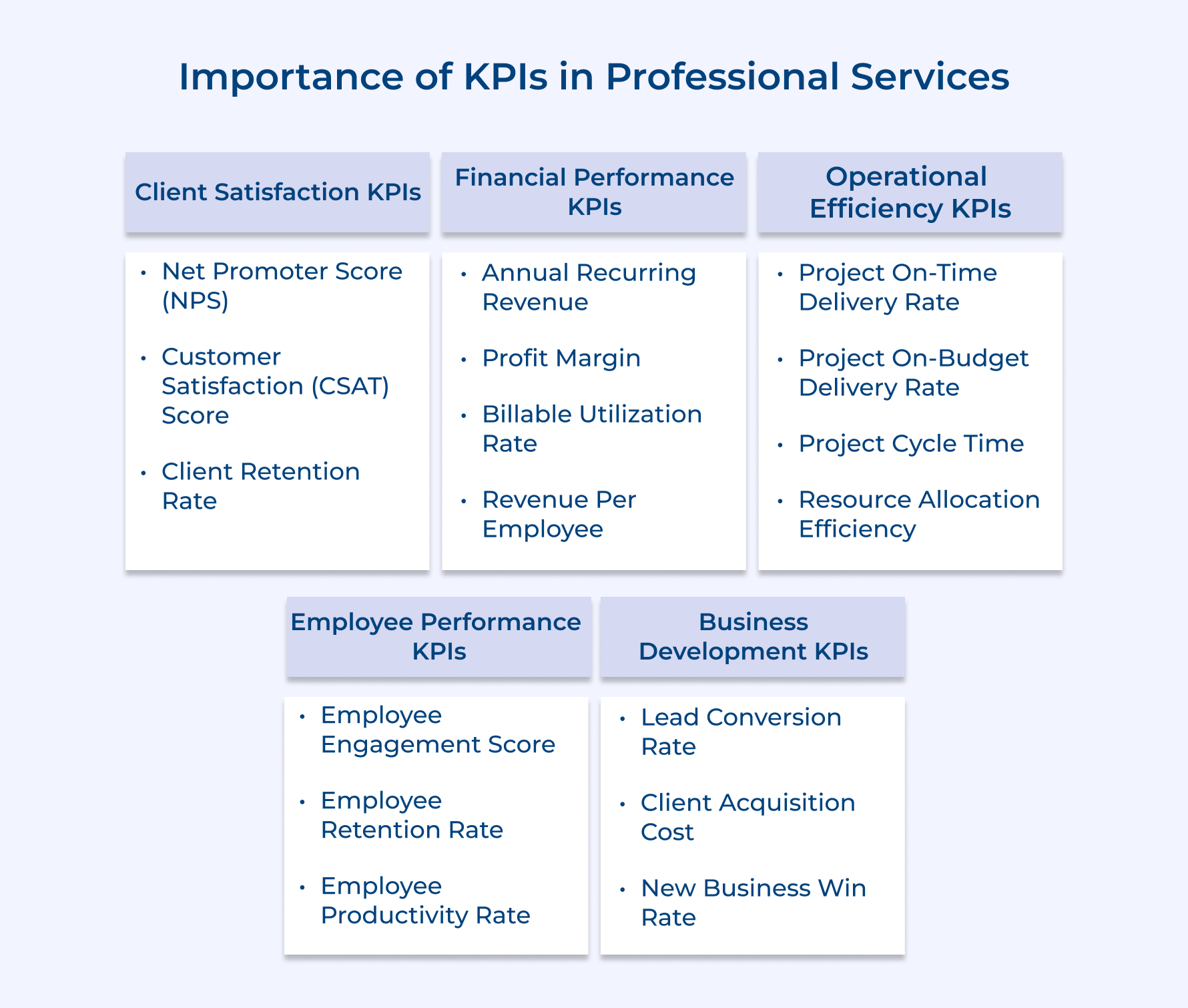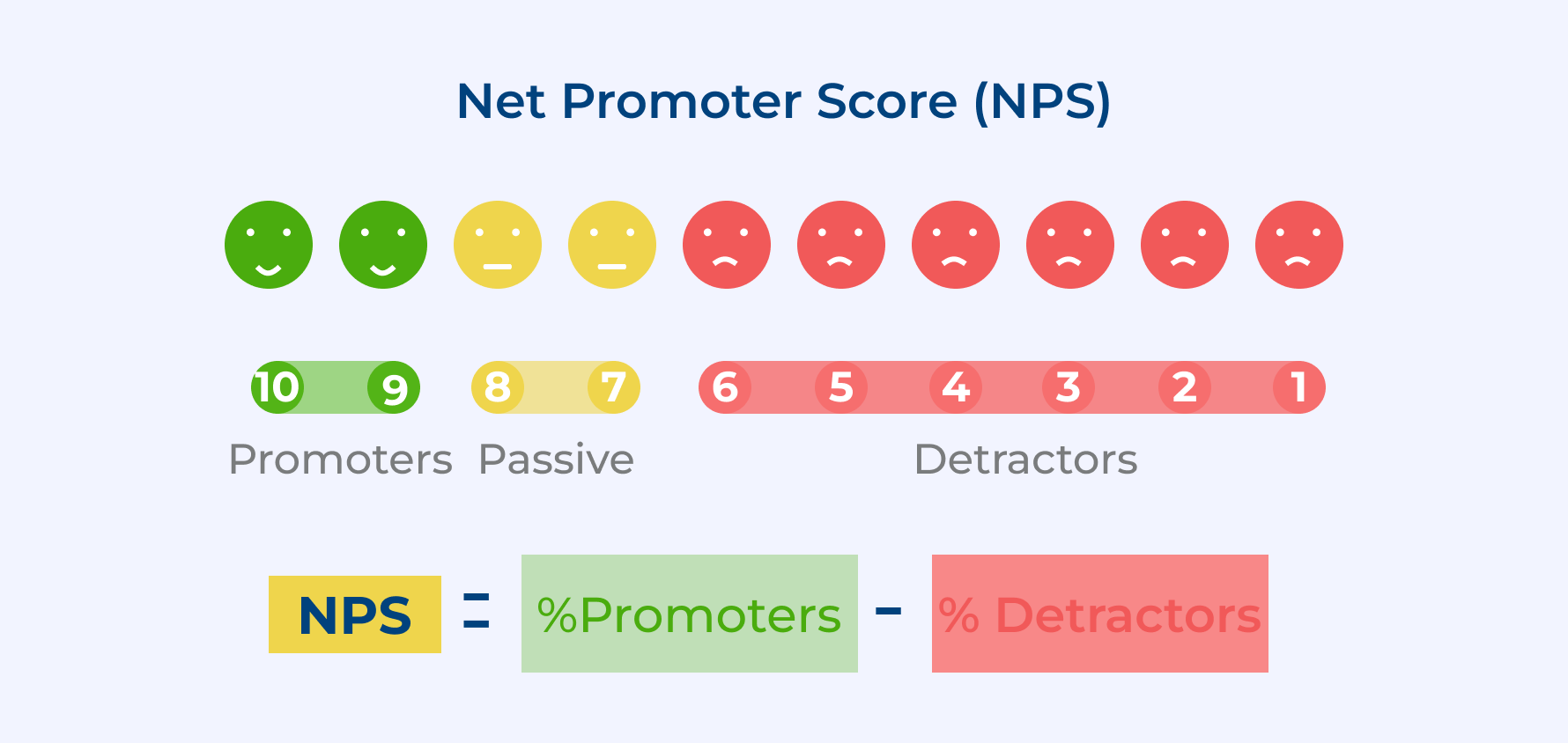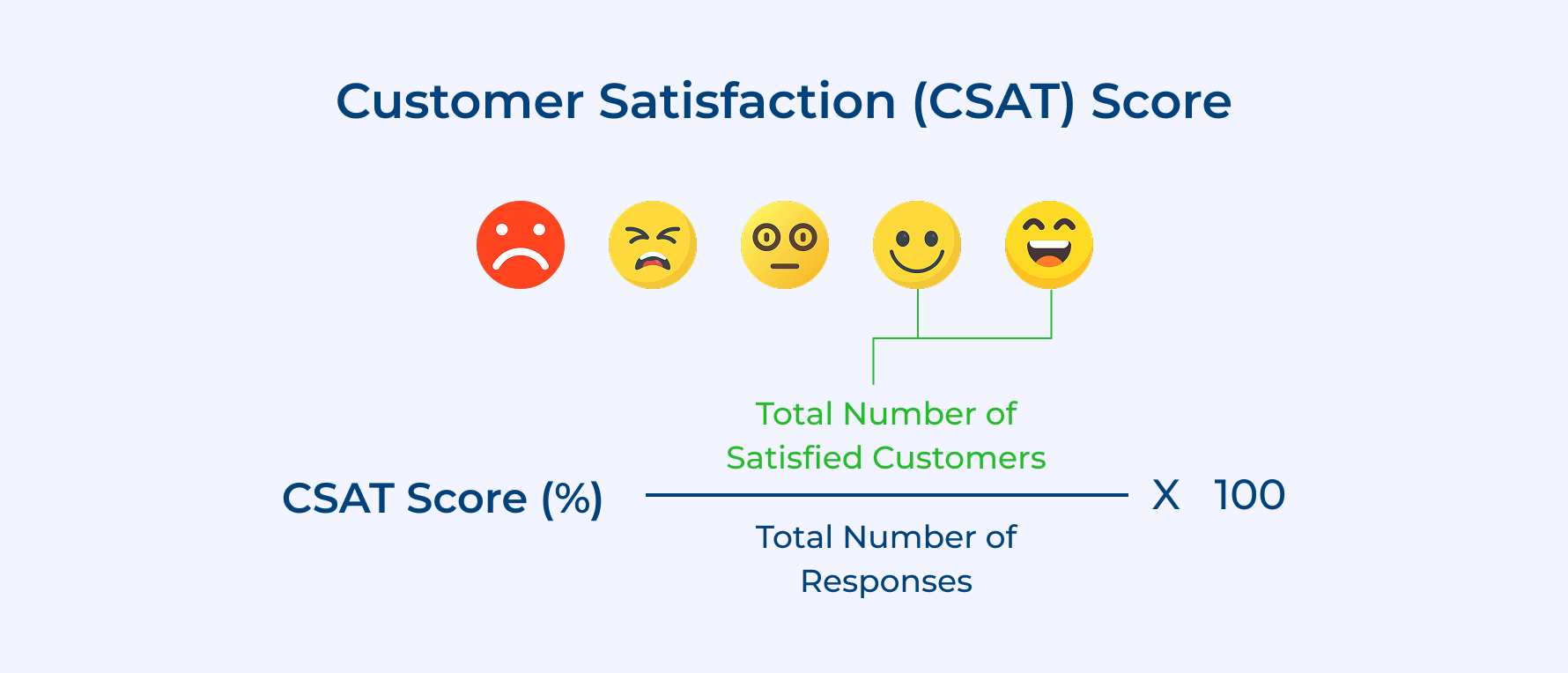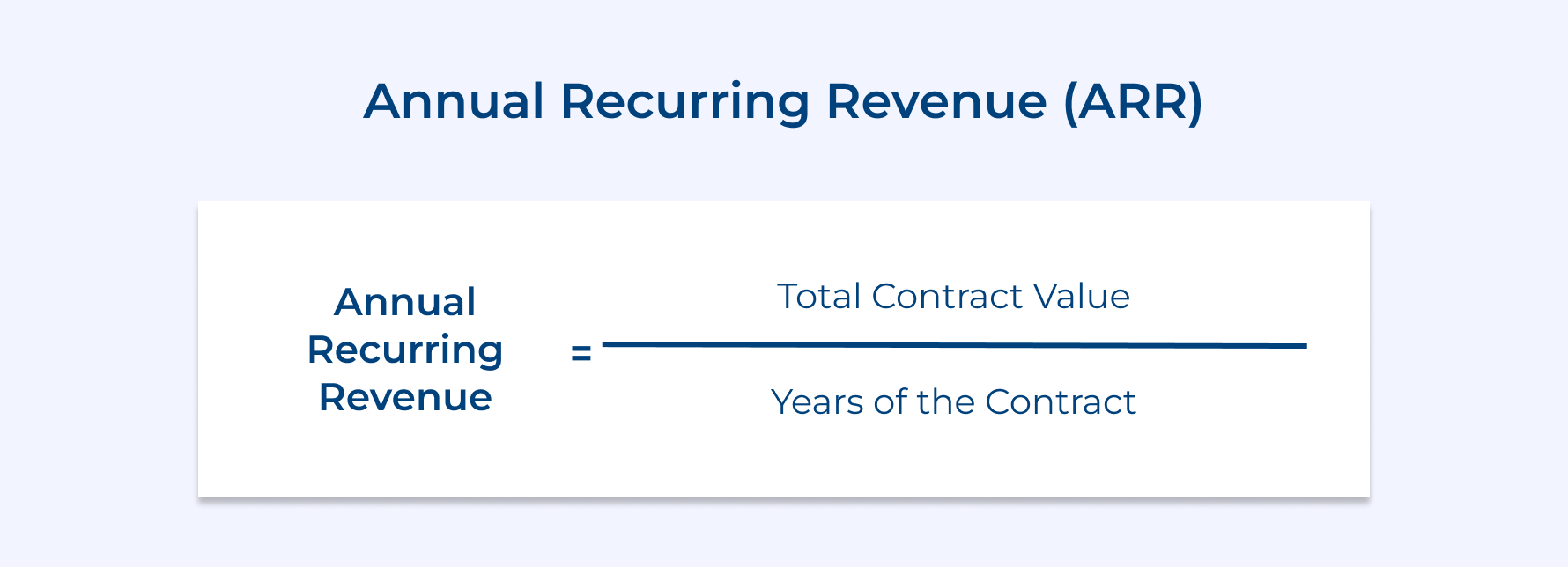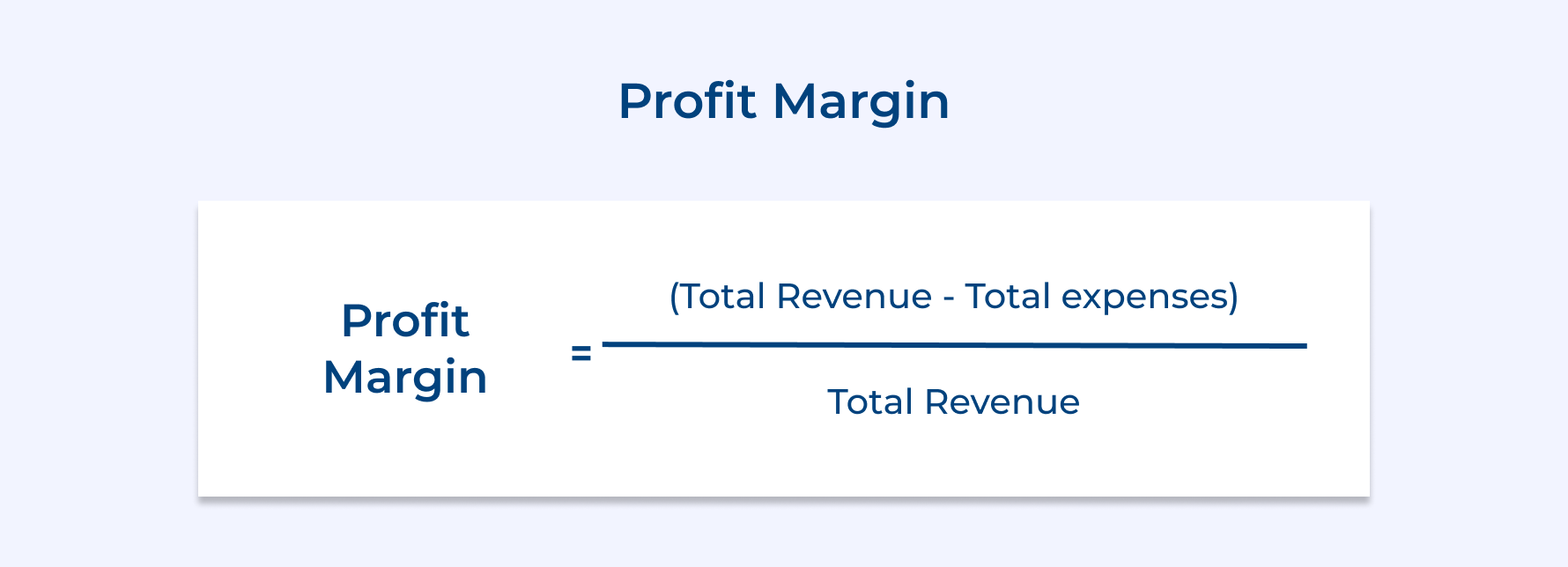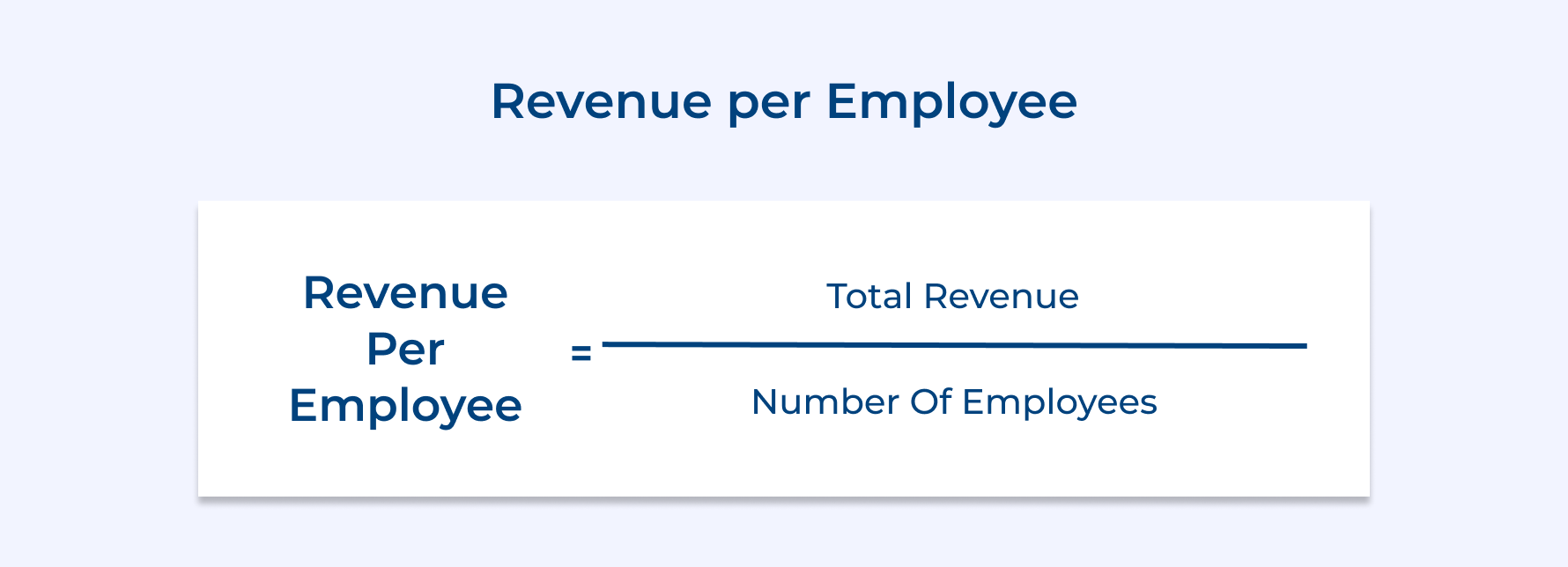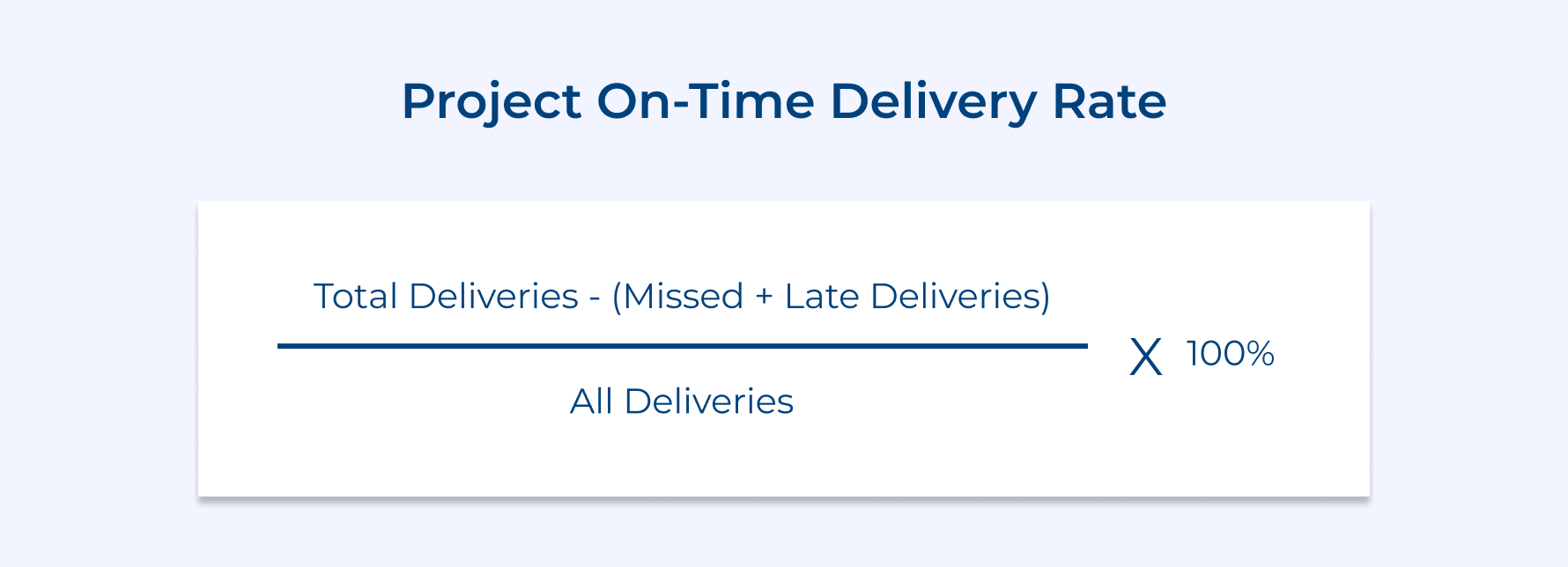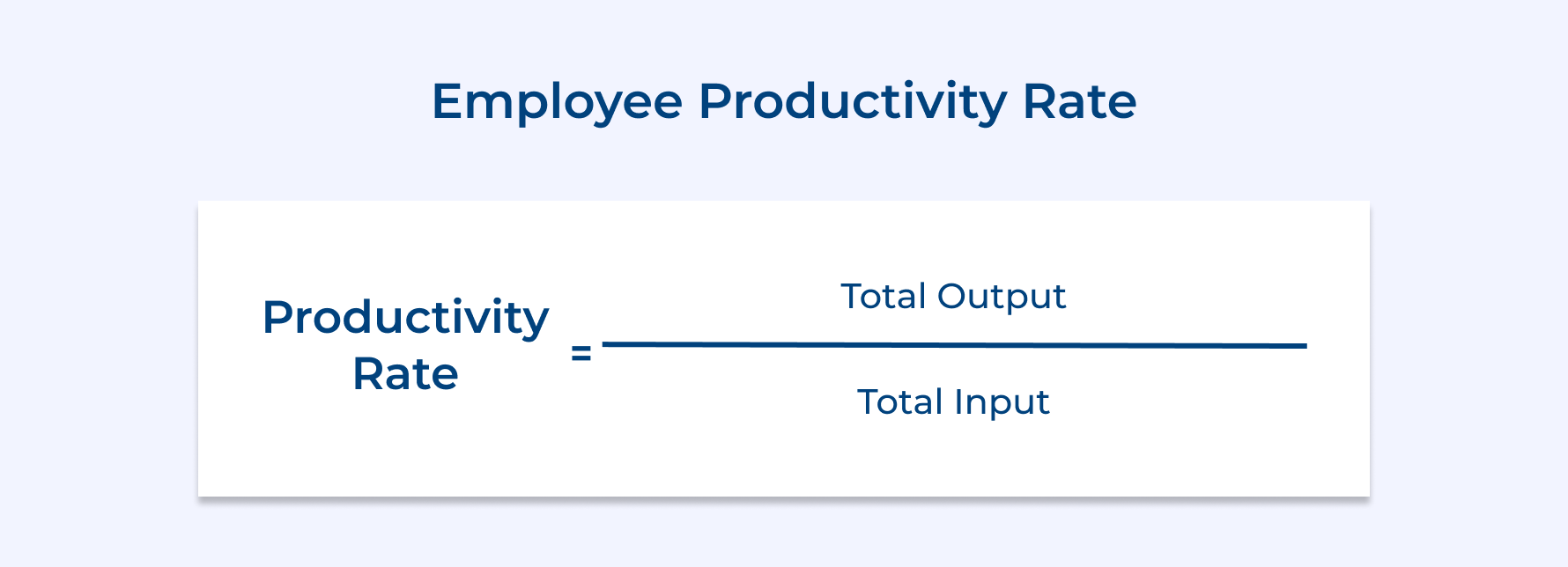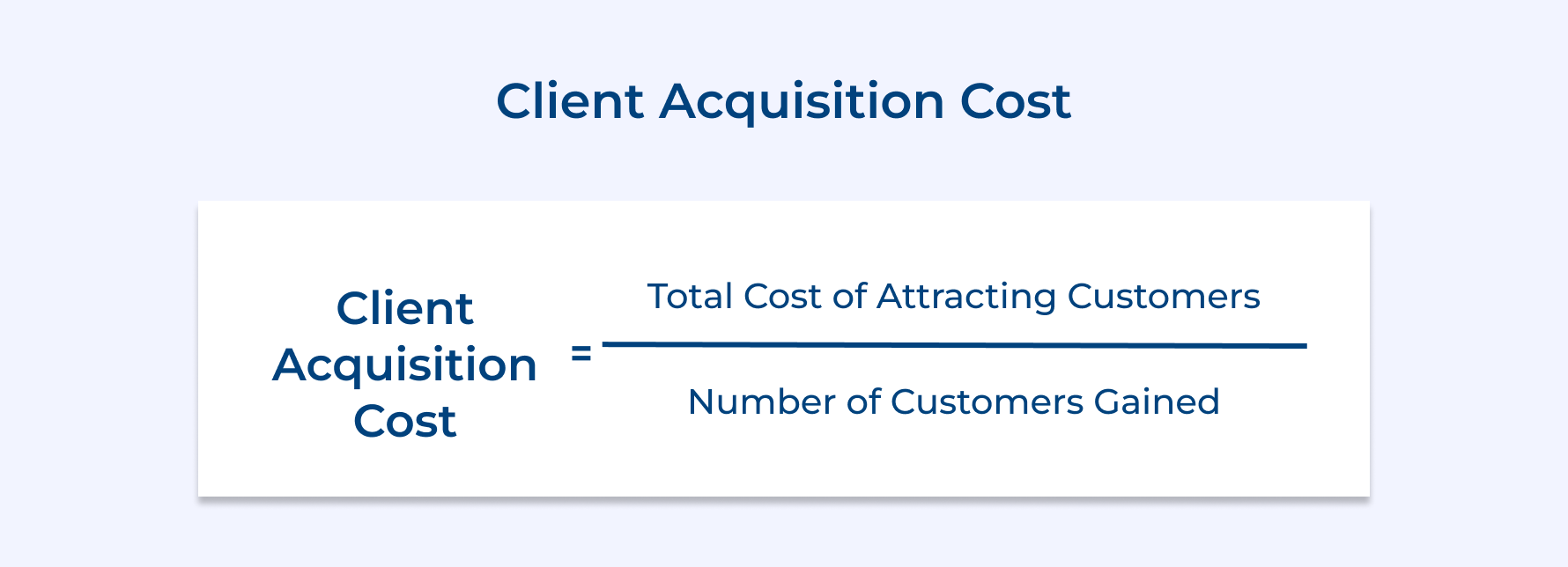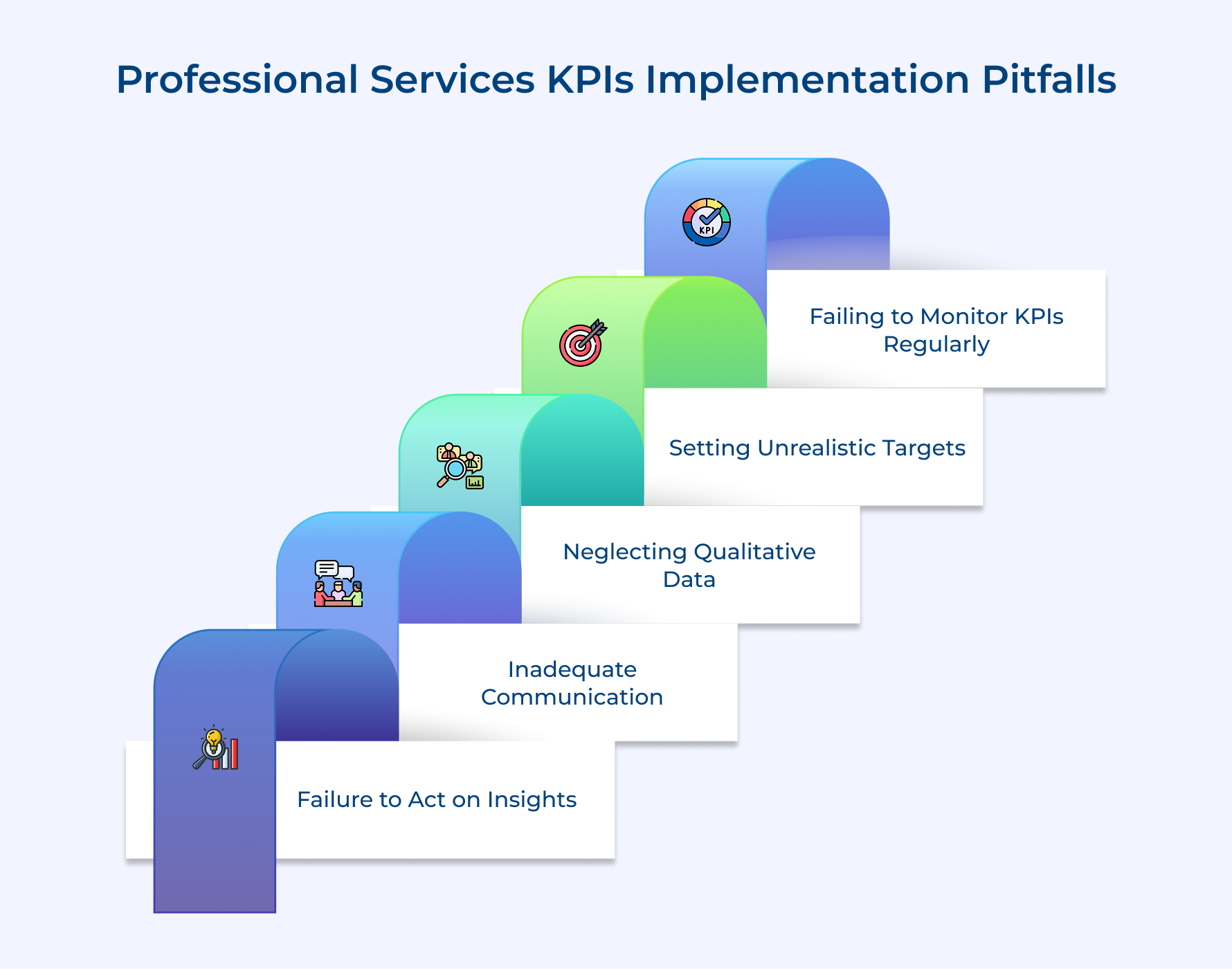5 Important Professional Services KPIs & Metrics to Consider
- What are Professional Service KPIs?
- Why do KPIs Matter in Professional Services?
- Must-Track KPIs and Metrics in Professional Services Firms
- Client Satisfaction Metrics
- Financial Performance Metrics
- Operational Efficiency
- Employee Performance
- Business Development
- Professional Services KPIs Implementation Pitfalls & Their Fixes
- The Essential Role of Professional Service Metrics in Success
- FAQs about Professional Services KPIs & Metrics

Key Highlights
What is every professional service grappling challenge these days? It’s the inability to have clear insights into their performances and requirements.
Key Performance Indicators (KPIs) and metrics become indispensable for understanding performance, enabling firms to make data-driven decisions. In fact, 64% of marketing decision-makers reported tracking their business’s marketing/sales pipeline as a KPI. Now, that’s one good place to start!
Here, we will explore the professional services KPIs and metrics that organizations should consider to drive their business forward. From client-centric measures to financial indicators, let’s delve into the insights that can unlock transformative potential for your firm.
What are Professional Service KPIs?
A Professional Service KPI (Key Performance Indicator) or metric is a measurable value that demonstrates how effectively a firm is achieving its key business objectives. The indicators provide critical insights into various aspects of performance, including financial health, operational efficiency, and client satisfaction.
Professional service KPIs align teams with strategic goals and facilitate data-driven decision-making. They help firms identify strengths as well as weaknesses, ensuring resources are allocated effectively and projects remain on track.
Key objectives:
- Enhancing client satisfaction: Measuring client feedback helps organizations improve service quality and build long-term relationships.
- Driving financial performance: KPIs related to profitability and revenue allow firms to assess financial health while also making necessary adjustments.
- Improving resource utilization: Monitoring resource allocation ensures that personnel and assets are used efficiently, maximizing output.
Why do KPIs Matter in Professional Services?
KPIs are essential for measuring performance, guiding decision-making, and driving continuous improvement. Here are the reasons they enhance client satisfaction and profitability:
- Enhanced Client Satisfaction
KPIs in professional services help organizations track and improve client satisfaction. Monitoring metrics like client retention, net promoter score, and customer feedback allows businesses to identify as well as address pain points. Thus, leading to stronger client relationships and repeat business.
- Performance Measurement
Professional service KPIs provide a clear and objective way to measure the performance of teams, projects, as well as the overall organization. The metrics enable managers to evaluate progress, identify areas for improvement, and recognize top performers within the workforce.
- Resource Optimization
Effective use of KPIs enables professional services firms to optimize the allocation of their most valuable resources – people, time, and budget. Analyzing metrics like resource utilization and project profitability allows organizations to make data-driven decisions to maximize efficiency along with productivity.
- Informed Decision-making
Professional service KPIs offer valuable insights that inform strategic decision-making. When leaders have access to real-time data on financial performance, client satisfaction, and operational efficiency, they can make more informed choices that align with the organization’s overall objectives.
- Tracking Project Success
KPIs in professional services play a crucial role in tracking the success of client projects. Metrics like on-time delivery, budget adherence, and client feedback provide a comprehensive view of project performance. Hence, allowing organizations to identify areas for improvement and deliver exceptional service.
Must-Track KPIs and Metrics in Professional Services Firms
Identifying and tracking key metrics is crucial for professional services firms. Here are the must-track KPIs that ensure operational efficiency, financial health, and client satisfaction.
Client Satisfaction Metrics
Understanding client satisfaction helps firms enhance service quality and build loyalty. Here are the key reasons why it’s crucial for long-term relationships along with business success.
1. Net Promoter Score (NPS)
NPS is a customer loyalty metric that measures the willingness of customers to recommend a company’s products or services to others. It provides a clear indication of customer satisfaction.
Formula: NPS = Percentage of Promoters – Percentage of Detractors
Here Promoters are those who rate the company 9-10, Detractors are those who rate the company 0-6, and Passives are those who rate the company 7-8.
NPS is a widely used metric in the professional services industry to gauge client satisfaction and loyalty. It helps firms identify their most satisfied clients, who are likely to provide referrals and repeat business, as well as areas for improvement to enhance the overall client experience.
2. Customer Satisfaction (CSAT) Score
The Customer Satisfaction (CSAT) score measures how satisfied customers are with a company’s products, services, or interactions. It provides a direct assessment of the customer’s experience.
Formula: CSAT = (Number of satisfied customers / Total number of customers surveyed) x 100
CSAT is for professional services firms to understand the level of satisfaction their clients have with the services provided. It can help identify specific areas of strength or weakness, and guide improvements to better meet client expectations as well as drive customer loyalty.
3. Client Retention Rate
The Client Retention Rate measures the percentage of clients that a professional services firm can retain over a given period. It is a key indicator of customer loyalty and the firm’s ability to deliver consistent, high-quality services.
Formula: Client Retention Rate = (No. of clients at the end of the period – No. of new clients acquired during the period) / No. of clients at the beginning of the period
Client Retention Rate is crucial for professional services firms, as retaining existing clients is often more cost-effective than acquiring new ones. The metric helps firms identify client churn, understand the reasons behind it, and implement strategies to enhance client loyalty.
Financial Performance Metrics
Monitoring financial performance through key metrics provides insights into profitability, revenue trends, and cost management. Here are the critical financial KPIs to consider.
1. Annual Recurring Revenue (ARR)
Annual Recurring Revenue (ARR) is a metric that measures the annualized value of a professional services firm’s recurring revenue streams, such as retainer fees, subscription-based services, or ongoing service contracts.
Formula: ARR = Monthly Recurring Revenue (MRR) x 12
ARR is a valuable metric for professional services firms, as it provides a clear indication of the predictable and sustainable revenue that can be generated from the firm’s client base. It helps with financial planning, investment decisions, and the overall assessment of the firm’s long-term growth potential.
2. Profit Margin
Profit Margin is a financial metric that measures the percentage of revenue that a professional services firm can retain as profit after accounting for all expenses, including direct costs, overhead, and taxes.
Formula: Profit Margin = (Net Profit / Total Revenue) x 100
Profit Margin provides insights into the overall financial health and efficiency of the business. It helps firms identify areas for cost optimization, pricing adjustments, and strategic investment to improve profitability along with driving long-term sustainability.
3. Billable Utilization Rate
The Billable Utilization Rate measures the percentage of a professional services firm’s employees’ total available time that is spent on billable client work. It is a key indicator of resource optimization and employee productivity.
Formula: Billable Utilization Rate = (Total Billable Hours / Total Available Hours) x 100
Billable Utilization Rate helps understand how effectively they are leveraging their most valuable resource – their employees. It can inform decision-making around resource allocation, hiring, training, and the pricing of services to ensure optimal profitability as well as client satisfaction.
4. Revenue per Employee
Revenue per Employee is a productivity metric that measures the average revenue generated by each employee within a professional services firm. It provides insights into the firm’s overall efficiency and the value contributed by individual employees.
Formula: Revenue per Employee = Total Revenue / Total Number of Employees
Revenue per Employee helps identify high-performing employees, areas for productivity improvements, and the overall efficiency of the firm’s operations. It can guide decisions related to staffing, training, and compensation to ensure the firm is maximizing the value of its human capital.
Operational Efficiency
Assessing operational efficiency through KPIs allows firms to identify bottlenecks and streamline processes. Here are the important metrics to improve your firm’s service delivery.
1. Project On-Time Delivery Rate
The Project On-Time Delivery Rate measures the percentage of projects completed by a professional services firm within the originally agreed-upon timelines. It is a key indicator of project management effectiveness and client satisfaction.
Formula: Project On-Time Delivery Rate = (Number of projects delivered on time / Total number of projects) x 100
The Project On-Time Delivery Rate helps professional services firms assess their ability to meet client expectations, manage project risks, and maintain their reputation for reliable service delivery. It can inform process improvements, resource planning, and the development of more accurate project timelines.
2. Project On-budget Delivery Rate
The Project On-Budget Delivery Rate measures the percentage of projects completed by a professional services firm within the originally agreed-upon budget. The metric ensures the profitability and financial performance of the firm’s projects.
Formula: Project On-Budget Delivery Rate = (Number of projects delivered on budget / Total number of projects) x 100
The Project On-Budget Delivery Rate helps professional services firms identify areas for cost control, resource optimization, and improved project pricing. It enables them to better manage project-related risks, maintain client trust, and maximize the profitability of their service offerings.
3. Project Cycle Time
Project Cycle Time measures the average duration from the start to the completion of a professional services project. It is a key metric for assessing the efficiency and productivity of the firm’s project management processes.
Formula: Project Cycle Time = (Total duration of all projects / Total number of projects)
Project Cycle Time helps professional services firms identify bottlenecks, optimize resource allocation, and improve their overall project delivery capabilities. It can also inform pricing strategies, client expectations, and the firm’s competitiveness in the market.
4. Resource Allocation Efficiency
Resource Allocation Efficiency measures how effectively a professional services firm is utilizing its human resources, such as employee skills and expertise, to deliver client projects. It helps ensure the optimal deployment of the firm’s most valuable assets.
Formula: Resource Allocation Efficiency = (Total billable hours / Total available hours) x 100
Resource Allocation Efficiency enables professional services firms to identify underutilized or overburdened employees, allocate resources more effectively, and ensure that the right people are assigned to the right projects. It can enhance productivity, profitability, and client satisfaction.
Employee Performance
Measuring employee performance enhances productivity and identifies training needs. Here are the key indicators that build a motivated workforce contributing to overall success.
1. Employee Engagement Score
The Employee Engagement Score measures the level of commitment, motivation, and involvement that employees of a professional services firm have towards their work and the organization. It is a significant indicator of employee satisfaction and retention.
Formula: Employee Engagement Score = (Number of engaged employees / Total number of employees) x 100
The Employee Engagement Score helps professional services firms understand the overall well-being and morale of their workforce. It can inform strategies to improve job satisfaction, create a positive work culture, and retain top talent, which ultimately leads to better client service as well as business performance.
2. Employee Retention Rate
The Employee Retention Rate measures the percentage of employees that a professional services firm can retain over a given time. It is a key indicator of the firm’s ability to attract, develop, and keep talented professionals.
Formula: Employee Retention Rate = (Number of employees at the end of the period – Number of new hires during the period) / Number of employees at the beginning of the period
The Employee Retention Rate helps retain experienced and skilled employees. It is for maintaining client relationships, knowledge management, as well as the overall quality of service delivery. ERR can also inform talent management strategies, compensation, along with career development initiatives.
3. Employee Productivity Rate
The Employee Productivity Rate measures the output or contribution of an individual employee or team within a professional services firm. It provides insights into the firm’s overall operational efficiency and the value generated by its human capital.
Formula: Employee Productivity Rate = (Total billable hours / Total available hours) x 100
The Employee Productivity Rate helps professional services firms identify high-performing individuals or teams, address productivity gaps, and implement targeted training or optimization strategies. The metric can also inform resource allocation, pricing, and performance management decisions to drive sustainable growth.
Business Development
Tracking business development metrics helps firms evaluate sales strategies and identify growth opportunities. Here are the essential KPIs that ensure sustainable revenue generation.
1. Lead Conversion Rate
The Lead Conversion Rate measures the percentage of prospective clients or leads that a professional services firm can convert into paying clients. It is a key indicator of the firm’s sales and business development effectiveness.
Formula: Lead Conversion Rate = (Number of closed deals / Total number of leads) x 100
The Lead Conversion Rate provides insights into the efficiency of a professional services firm’s sales and marketing efforts. It enables them to identify areas for improvement in lead generation, qualification, and closing processes. The metric can guide investments in sales training, marketing strategies, and the optimization of the firm’s sales funnel.
2. Client Acquisition Cost
The Client Acquisition Cost (CAC) measures the average amount of money a professional services firm spends to acquire a new client. It is a metric for evaluating the firm’s marketing and sales efficiency along with the overall profitability of client relationships.
Formula: Client Acquisition Cost = Total sales and marketing expenses / Number of new clients acquired
The Client Acquisition Cost helps professional services firms understand the cost-effectiveness of their business development efforts as well as the long-term viability of their client relationships. The metric informs decisions around pricing, marketing investment, and the overall strategy for acquiring along with retaining clients.
3. New Business Win Rate
The New Business Win Rate measures the percentage of proposals or bids submitted by a professional services firm that result in a successful client engagement. It is a key indicator of the firm’s sales and proposal management capabilities.
Formula: New Business Win Rate = (Number of won proposals / Total number of proposals submitted) x 100
The New Business Win Rate provides insightful information into the effectiveness of their business development strategies, the competitiveness of their service offerings, and the strength of their client relationships. The metric can guide investments in sales training, proposal management, and the development of differentiated services to improve the firm’s win rate, all while securing new client engagements.
Professional Services KPIs Implementation Pitfalls & Their Fixes
Recognizing common pitfalls in KPI implementation improves effective monitoring. Here are the challenges to avoid achieving strategic goals in professional services firms.
1. Failure to Act on Insights
Gathering data without taking meaningful action leads to frustration among team members and diminishes the value of KPIs. When insights from performance metrics are ignored, employees may feel their efforts are pointless, leading to disengagement.
How to prevent: Organizations must establish a clear action plan based on KPI results. Regularly reviewing outcomes while making necessary adjustments will ensure that data informs decisions and drives continuous improvement, reinforcing the importance of performance tracking.
2. Inadequate Communication
Effective communication is vital for the successful implementation of KPIs. When organizations fail to convey KPI objectives, team members may become confused which hinders their motivation and performance.
How to prevent: Regular updates should be shared through meetings, reports, or dashboards, ensuring that everyone understands the purpose and relevance of the KPIs. Open channels for feedback will also help to create a collaborative environment around performance metrics.
3. Neglecting Qualitative Data
Relying solely on quantitative metrics would narrow the understanding of performance and overlook important insights. Ignoring client feedback, employee experiences, and other subjective data prevents organizations from gaining a holistic view of their services.
How to prevent: It’s essential to incorporate qualitative measures alongside quantitative KPIs. Gathering feedback through surveys, interviews, and discussions will enrich the data landscape while providing a more comprehensive understanding of performance along with areas for improvement.
4. Setting Unrealistic Targets
Establishing overly ambitious KPIs becomes disappointing or demotivating among team members. When targets are perceived as unattainable, it can create stress and burnout which impacts overall performance.
How to prevent: Organizations should set realistic and achievable targets based on historical data along with available resources. Engaging teams in the target-setting process ensures that the goals are practical and creates a sense of ownership, increasing motivation as well as commitment to achieving the desired outcomes.
5. Failing to Monitor KPIs Regularly
Infrequent reviews of KPIs result in missed opportunities for improvement and leave teams unaware of their performance status. Without regular monitoring, organizations may struggle to identify trends and make timely adjustments, leading to stagnation.
How to prevent: Establish a consistent schedule for KPI reviews. Regular check-ins will enable teams to stay focused on performance, allowing for quick adaptations and ensuring that the organization remains aligned with its strategic objectives.
The Essential Role of Professional Service Metrics in Success
Professional Services and Consulting KPIs play a vital role in the success of service-based businesses. Providing measurable insights into performance, these indicators help firms assess their strengths and weaknesses, guiding strategic decisions that drive growth as well as profitability. Understanding the metrics is essential for adapting to changing market conditions.
Focusing on measurable outcomes ensures successful project execution, leading to better financial results and stronger client relationships. The effective implementation along with continuous refinement of professional services KPIs and metrics serves as a critical catalyst for unlocking the full potential of a firm. Those who embrace the data-driven mindset will be well-positioned to stay ahead of the curve, anticipate market shifts, and deliver exceptional value to their clients.
Limit time — not creativity
Everything you need for customer support, marketing & sales.
Neeti Singh is a passionate content writer at Kooper, where he transforms complex concepts into clear, engaging and actionable content. With a keen eye for detail and a love for technology, Tushar Joshi crafts blog posts, guides and articles that help readers navigate the fast-evolving world of software solutions.
